Total DNA/RNA Extraction Kit(Column Extraction Method)
Item No:DP201 Specifiation:25T/50T Storage:RT
Principle of the Product:
The Total DNA/RNA Extraction Kit is based on the silica column purification method. Under the action of lysis buffer, samples are lysed, releasing nucleic acids into the lysate. Nucleic acids are adsorbed onto the membrane of the silica column while passing through it in a high-salt environment, while proteins are not adsorbed and are removed. The nucleic acid-bound membrane is washed to remove residual proteins and salts, and finally, the nucleic acids adsorbed on the membrane are eluted using DEPC-treated water. The resulting nucleic acids are of high purity and can be directly used for various downstream experiments.
Product Description:
The Total DNA/RNA Extraction Kit is suitable for rapidly extracting high-purity total nucleic acids, including viruses, bacteria, parasites, and other biological entities, from samples such as tissues, blood, secretions, and excreta. The kit utilizes silica column purification technology, eliminating the need for toxic phenol-chloroform extraction and time-consuming alcohol precipitation during the extraction process. The obtained nucleic acids can be directly used in a series of downstream experiments, including PCR/RT-PCR, Southern hybridization/Northern hybridization, as well as LAMP/RT-LAMP assays.
Product contents:
| Components | DP201-01(25T) | DP201-02(50T) | Storage temperature |
| Lysis Buffer | 15mL | 30mL | RT |
| Wash solution | 5mL | 10mL | RT |
| Elution solution | 5mL | 10mL | RT |
| Adsorption Column (Tube A) | 25pcs | 50pcs | RT |
| Collection Tube (Tube B) | 25pcs | 50pcs | RT |
Note: Add anhydrous ethanol to the wash solution before initial use (add 20 mL for 25T, add 40 mL for 50T), and store at room temperature.
Storage:
This kit should be stored in dry conditions at room temperature (15-25°C) and can be preserved for 12 months. For long-term storage, it should be kept at 2-8°C.
Operating steps:
- Sample Preparation (Pre-processing):
Blood Samples: Take >500µL of EDTA anticoagulated blood, centrifuge for 30 seconds, and collect 200µL of the supernatant for the following steps.
Tissue Samples: Take 0.05-1g of tissue sample, add 5-10 times volume of physiological saline, grind to a homogenized mixture, and collect 200µL of the homogenate for the following steps.
Secretions, Stool Samples: Immerse a cotton swab in physiological saline, rotate and smear it at the sampling site. After collection, break off the swab head into a centrifuge tube containing 1mL of physiological saline, vortex for 30 seconds, and collect 200µL of the mixed solution for the following steps.
- Transfer 200µL of the prepared sample from step 1 to a 1.5mL centrifuge tube, add 500µL of lysis buffer, mix by inversion, let it stand for 5 minutes to lyse, and centrifuge at 10000rpm for 3 minutes.
- Transfer 400µL of the supernatant to a new 1.5mL centrifuge tube, add 200µL of anhydrous ethanol, vortex for 20 seconds.
- Place Tube A inside Tube B, transfer the entire mixture from step 3 into Tube A, and centrifuge at 10000rpm for 1 minute.
- Discard the filtrate from Tube B, place Tube A back into Tube B, add 600µL of wash solution to Tube A, and centrifuge at 10000rpm for 1 minute.
- Discard the filtrate from Tube B, place Tube A back into Tube B, and centrifuge at 10000rpm for 2 minutes.
- Place Tube A into a new 1.5mL centrifuge tube. Add 50µL of elution buffer to Tube A, let it stand for 1-2 minutes, centrifuge at 10000rpm for 1 minute. The resulting solution is the total nucleic acid solution of the sample. If not used immediately, store at -80°C.
Important Note (Please read this before using this reagent kit):
- To ensure accurate test results, please strictly follow the instructions.
- Tubes A and B inside the kit are disposable items, please do not reuse them.
- All waste materials used for testing should be placed in a waste container containing disinfectant, soaked for disinfection. After the experiment, immediately disinfect the workbench with 1% sodium hypochlorite or 75% alcohol.
- During the experiment, personnel should wear gloves, masks, and lab coats, and avoid contact between reagents, samples, and the body. It is recommended to minimize contact with the openings of Tube A and centrifuge tubes. If the sample solution adheres to the gloves or splashes during steps 1-4, gloves should be immediately changed and the splashed area cleaned. All materials in contact with pathogens should be disposed of properly.

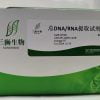
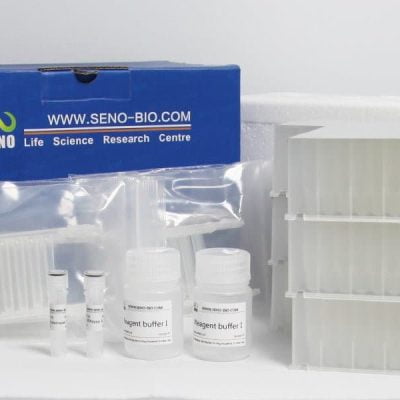
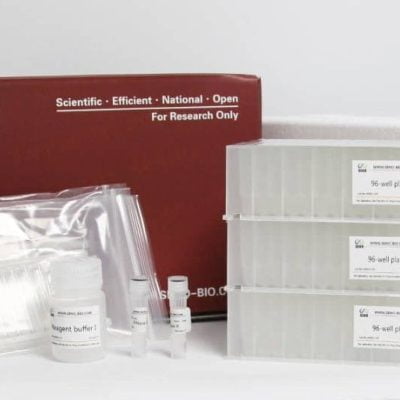
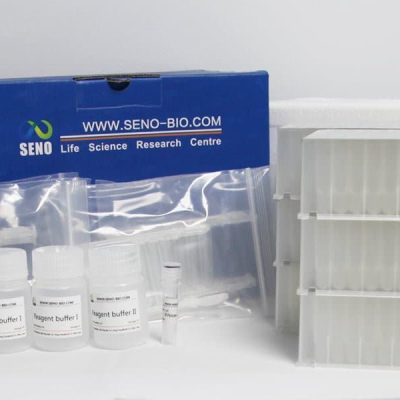

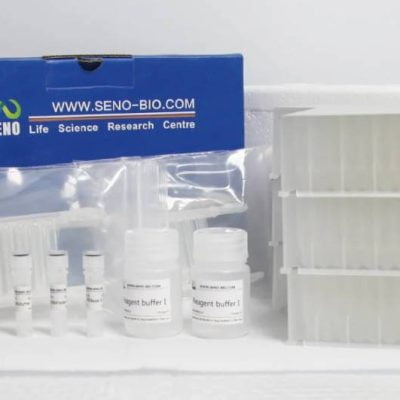

Reviews
There are no reviews yet.